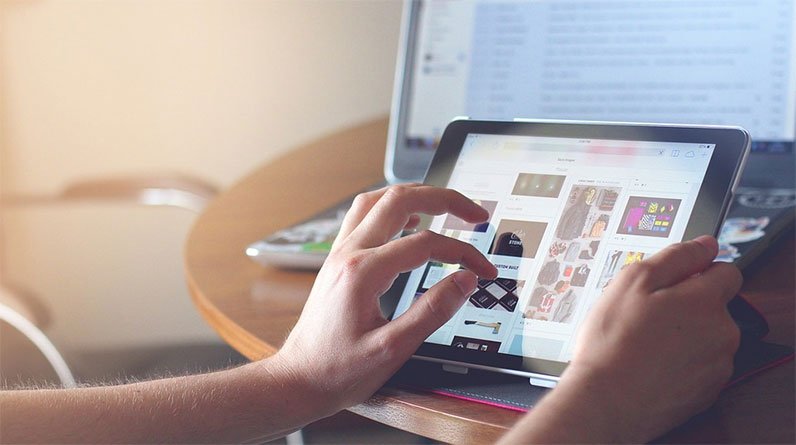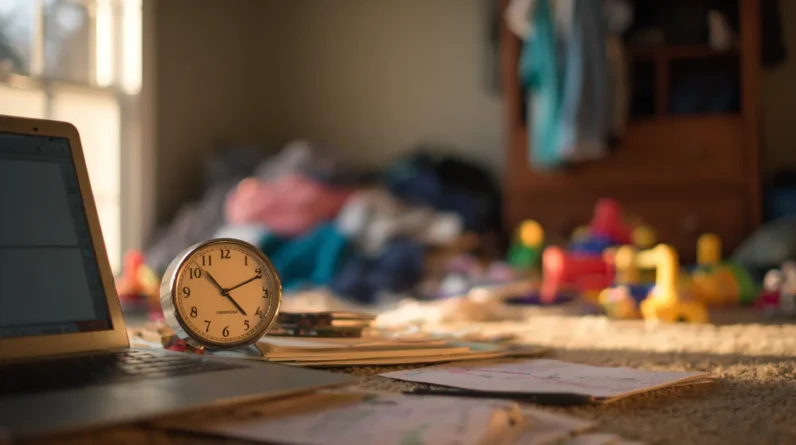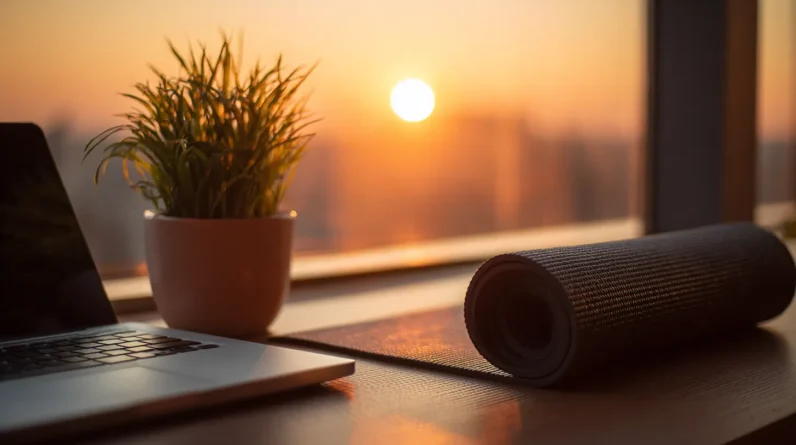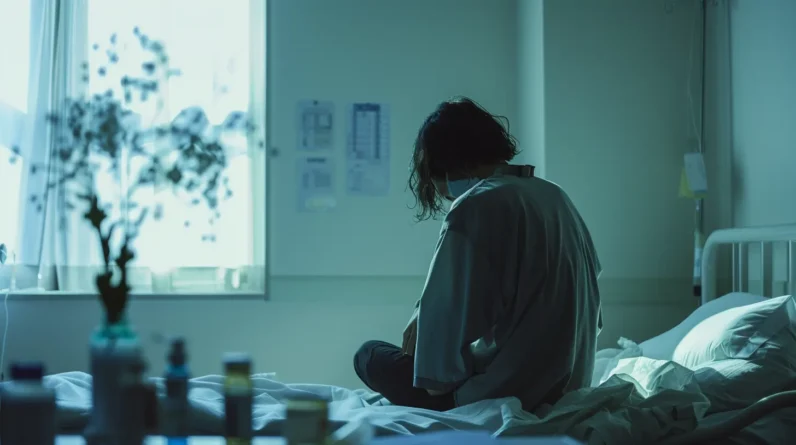
Productivity Hacks for Getting More Done
Getting more done in less time requires focus and a lot of patience. It also means limiting yourself to doing the things that matter most and setting boundaries with friends, family and other people.
One of the best ways to increase productivity is to set clear, measurable goals and a schedule that reflects those goals. By giving yourself a specific deadline, you can feel a sense of urgency and focus on the tasks that matter most.
Set a Time Limit for Each Task
The best way to get more done is to set a time limit for each task. Setting a timer for 5, 10, or 30 minutes helps you stick to your target, and the clock keeps your focus on the task at hand.
This productivity hack can be useful for tough or unappealing tasks, and it gives you a bite-sized amount of time to get started and keep going. It also trains your concentration and helps you develop good time management skills.
To do this, create a dedicated workspace where you can go to work and leave once it’s finished. This space should be free of distractions and have everything you need for your work.
You may also want to consider creating a workspace near natural light. Studies have shown that exposure to sunlight can boost your energy levels and improve sleep, thereby increasing your productivity.
Another productive hack is to create a schedule. Start your day by making a to-do list and then divide each task into a specific time slot. This helps you plan out your day and avoid getting bogged down by last-minute requests.
For example, if your goal is to complete a project within two days, you’ll need to break that into multiple smaller tasks. Once you have all your tasks in order, use this spreadsheet to make a timeline and track what needs to be done.
This productivity hack is a great way to increase your efficiency and reduce stress at work. You’ll have more time to relax and take breaks when you know what you need to do each day.
Make a To-Do List
One of the most effective ways to get more done is by making a to-do list. Keeping a to-do list helps you stay organized, avoid double-booking yourself, and keep track of deadlines. You can also use a to-do list to track the progress of your team’s work and give them visibility into what they’re doing.
The first step to creating a to-do list is to jot down all of the tasks you need to complete. You can write them down in a notebook, on your phone or laptop, or in a digital planner app. Make sure to include a space for each task, as well as an actionable to-do description and a date to begin working on it.
Next, if you’re using a paper or digital to-do list, assign each task a number. Then, check off each item as you complete it. This gives you a sense of achievement and motivation to keep going.
Adding items to your to-do list that you’ve already completed increases the level of dopamine in your brain, which is one of your body’s primary motivators for getting things done. Additionally, you can keep track of your progress by looking at your to-do list throughout the day.
Another important factor to consider when building a to-do list is to make sure that the tasks on your list are meaningful. Putting everything on your list, including non-important or low-value tasks, can cause you to feel overwhelmed and discouraged from getting anything done.
To combat this, Markman suggests re-framing your to-do list to reflect your bigger purpose at work. Taking a few minutes to explain why each task on your list matters can help you stay motivated and get things done.
Prioritize and Focus
In a world of endless distractions and notifications, finding time to be productive can feel impossible. But there are plenty of useful productivity hacks that can help you stay focused and save time.
The first step in getting more done is to prioritize tasks that lead to measurable results, so you can see how well they’re going. This way, you’re more likely to find time to complete them.
If you’re working remotely, consider setting up a workspace that’s dedicated to work only and not used for other activities. Having a space that’s solely for work is important, so you don’t distract yourself with other tasks when you need to focus on your productivity.
Another important step is to avoid jumping right into emails and social media, even if it’s just for a few minutes. A study suggests it can take up to 23 minutes for your attention to return after you’ve checked email or Twitter, so it’s important to keep these apps and websites shut off until you’re ready to get back to work.
You’ll also want to schedule self-care and relaxation activities, such as a leisurely walk, meditation, or painting. This will allow you to rejuvenate after a long day of work and prevent burnout.
Finally, don’t forget to make sure that you drink enough water throughout the day to hydrate and replenish your body. If you don’t, your energy levels can suffer and you may end up feeling jittery or tired.
Make a List of Distractions
If you’re looking for ways to increase your productivity, there are a few simple tips you can try. Whether you’re trying to get work done at home or at the office, these tricks will help you stay on task and accomplish more in less time.
A common productivity hack is to make a list of all the things that are distracting you from your task at hand. This will keep you on track and ensure that you don’t let anything slip through the cracks.
Once you have your list, set a time limit for the task at hand and focus solely on that one thing until the timer rings. Then, take a short five-minute break and then get back to it until the timer goes off again.
It’s also important to understand what kinds of distractions you are most likely to encounter so that you can avoid them in the future. Those distractions might be in the form of a loud video, a hungry stomach, or chat notifications on your phone.
Another simple but effective productivity hack is to group similar tasks together, often referred to as task-batching. This will increase your efficiency and lower your fatigue.
This is a particularly useful trick when you’re working on long-term projects. For instance, if you’re writing a dissertation, you might group together all of the research material you need to complete it, rather than trying to complete different projects in separate chunks throughout the day.
The key is to know what works for you and when it will work best. You may be most productive while sitting at your desk, or you might find that creative ideas flow best when you’re on a walk.
Take a Break
Having a to-do list filled with endless tasks is no way to feel productive. Instead, you need to focus on what needs to be done and set realistic deadlines to ensure everything is completed.
There are several productivity hacks that can help you accomplish your tasks faster and more efficiently so that you can get more things done in the same amount of time. These tips will also give you more free moments to enjoy throughout the day and will make you feel more fulfilled.
One of the best productivity hacks is to take a break from work every once in a while. Taking breaks is proven to boost your performance and help you avoid burnout.
Researchers found that people who took breaks were better able to concentrate on work afterward, even when they were working for an extended period of time. This was because their brains had a chance to deactivate the part of the brain that was being used for work, then reactivate it when they returned.
It is also important to make sure that you are taking your breaks in the right order. Having too many short breaks or too long of a break can cause you to become tired and distracted, which will make it harder for you to be productive at work.
You should always take a break when you need to refresh your mind and body. Whether you want to go on a walk, talk to your friends, or just sit and daydream, taking a break is the best way to recharge.
Besides the obvious benefits of having more free time, taking a break will also reduce your stress levels. Taking a break also gives your eyes a chance to refresh, which can prevent eye problems.






